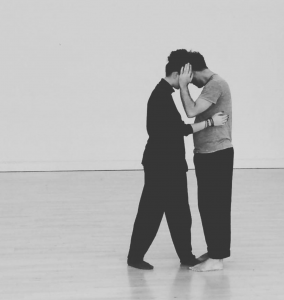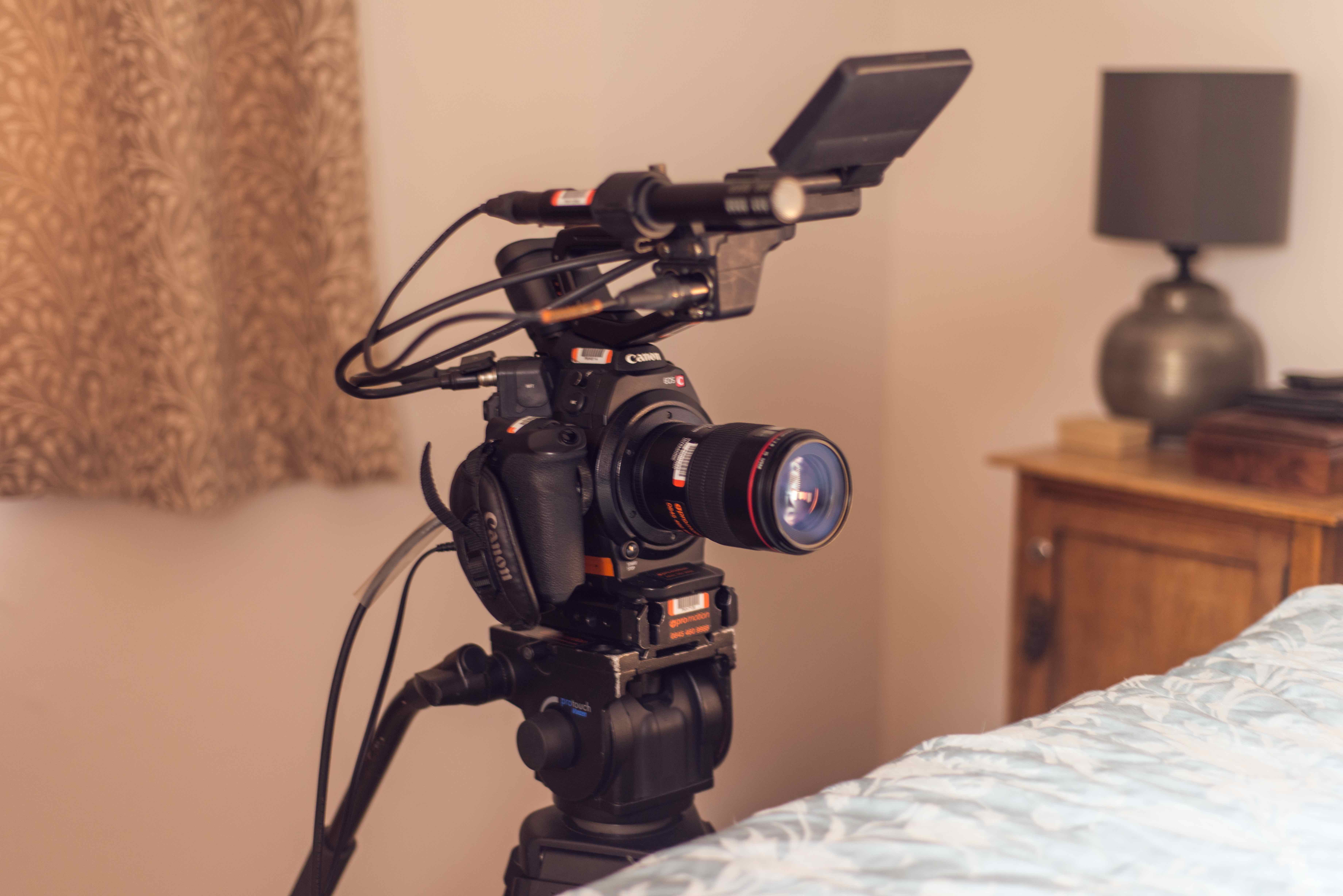Today The Point, Eastleigh announces its new wave of Associate Artists for 2018/19. The four selected artists, working across contemporary dance, family theatre and circus, will work closely with the venue over a 12 month period of structured support.
The Point’s flagship Associate Artist scheme offers artists and companies – working across all disciplines – the opportunity to work closely with the venue to grow their practice and develop as a professional company or practitioner. The scheme was created to nurture emerging companies and early-career artists, offering mentorship and providing key contacts and performance opportunities, as well as space to develop new work. The venue’s Creative Programme Producer (Dance) Vicki Hargreaves said:
“We were inundated with applications this year, and after some particularly creative interviews we have selected, what we think, are four extremely talented companies to work with and nurture. The Associate Artist programme offers these company’s the support needed to aid them in their company development and future projects and I for one am very excited for the year ahead!”
The Point’s 2018/19 Associate Artists are puppetry company House of Stray Cats, circus artist Grania Pickard, the family focussed Filskit Theatre, and contemporary dance artist Katie Dale-Everett Dance.
Katie said: “I am extremely grateful to The Point for selecting Katie Dale-Everett Dance to become one of their new Associate Artists. It is a dream come true! I am looking forward to working closely with The Point’s community whilst challenging myself as an artist. To work connected to an organisation that chooses to give time and space to support artist’s unique individual pathways for growth and development is very special and I can’t wait to get started.”
The Point’s Associate scheme is one of three core support systems available at the venue, put in place to aid and nurture artists and companies at different stages in their professional careers. The venue works closely with their cohort of Supported Artists and this year welcomes five @HOME artists as part of its NPO four year cycle. Previously the venue has supported Luke Brown, a contemporary dance practitioner who makes and tours his own work and performs with established companies including Frantic Assembly; award-winning cabaret company Milk Presents; and the internationally-renowned Theatre Re.
As Associate Artists for 2018/19, the four selected companies will receive vital mentoring and developmental support from The Point’s creative team including access to the venue’s on-site Creation Space, allowing them time in residence to create new touring work. The four companies will also be involved in community outreach projects, delivering workshops and engaging the wider local residents in the Borough.











